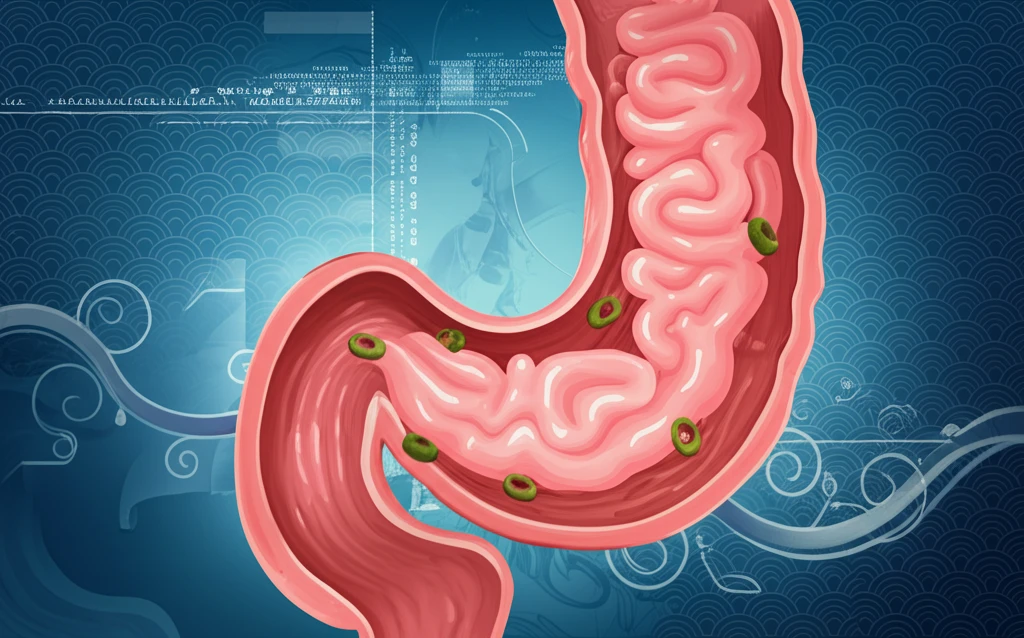
Understanding Achalasia: Incidence, Symptoms, and Modern Treatments
"New research sheds light on the prevalence and management of achalasia, offering hope for those affected by this rare esophageal disorder."
Achalasia is a rare and often misunderstood disorder that affects the esophagus, the tube that carries food from your mouth to your stomach. Characterized by the absence of peristalsis (the coordinated muscle contractions that move food along) and impaired relaxation of the lower esophageal sphincter (LES), achalasia can make eating and drinking a challenging and uncomfortable experience.
While the exact cause of achalasia remains elusive, scientists believe it involves a combination of factors, including the loss of ganglion cells in the myenteric plexus, the nerve network controlling esophageal muscle function. This loss is thought to stem from inflammatory or neurodegenerative processes, possibly triggered by viral infections or autoimmune reactions. Understanding the triggers and mechanisms behind achalasia is crucial for developing effective treatments and potentially even preventive strategies.
Worldwide, achalasia affects approximately 10 out of every 100,000 people, with fewer than 1 in 100,000 newly diagnosed each year. Because of its rarity, epidemiological information is limited, and studies often rely on local hospital records, primarily in Western countries. Recent research from Korea, leveraging a comprehensive national healthcare database, provides valuable insights into the epidemiology and treatment patterns of achalasia in a more genetically homogenous population.
Key Findings from the Korean Study

A groundbreaking study utilizing Korea's national healthcare database has illuminated key aspects of achalasia within the Korean population. This research identified 3,105 patients diagnosed with achalasia between 2007 and 2011, revealing a prevalence of 6.29 cases per 100,000 individuals. In 2011 alone, 191 new cases were identified, translating to an incidence rate of 0.39 per 100,000 people. These figures offer a crucial snapshot of the disease's presence and spread within the country.
- Prevalence: 6.29 cases per 100,000 individuals.
- Incidence: 0.39 new cases per 100,000 people annually.
- Age Distribution: More prevalent in individuals over 50.
- Treatment Modalities: Predominantly pneumatic balloon dilation.
Implications and Future Directions
This study offers valuable insights into the epidemiology of achalasia in Korea, highlighting its incidence, demographic features, and preferred treatment modalities. The findings suggest that treatment strategies in Korea may differ from those in Western countries, with a stronger emphasis on pneumatic balloon dilation. Further research is needed to explore the reasons behind these differences and to optimize treatment outcomes for patients with achalasia worldwide. By continuing to investigate the causes, risk factors, and optimal management approaches for achalasia, we can improve the quality of life for those affected by this challenging condition.
